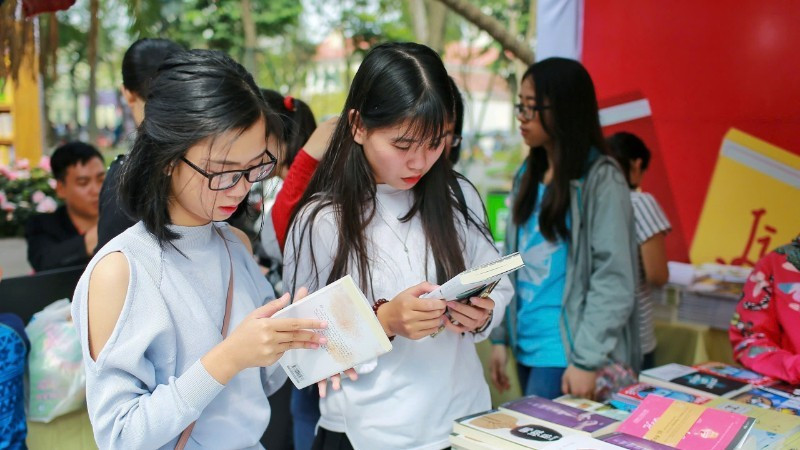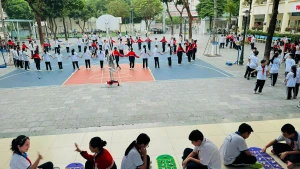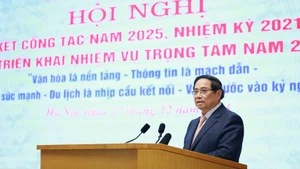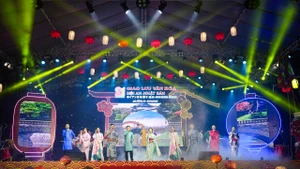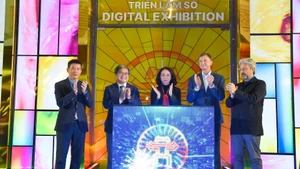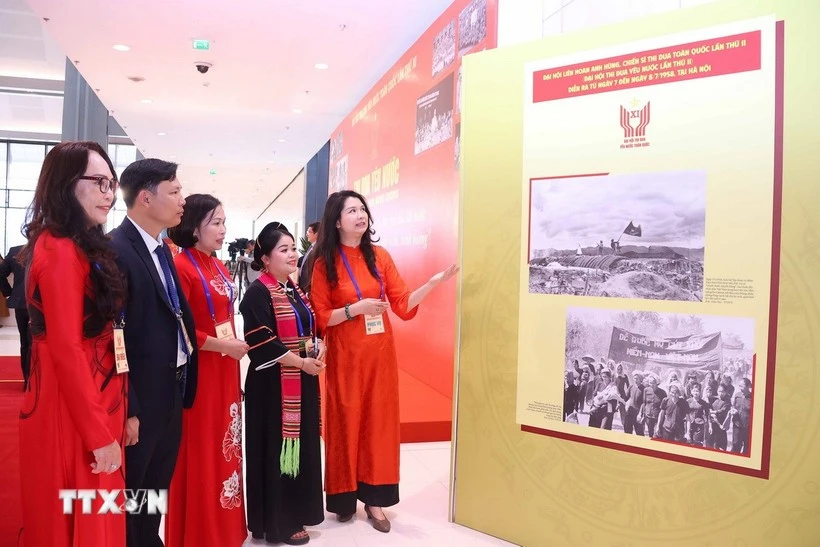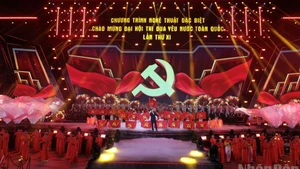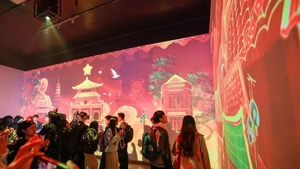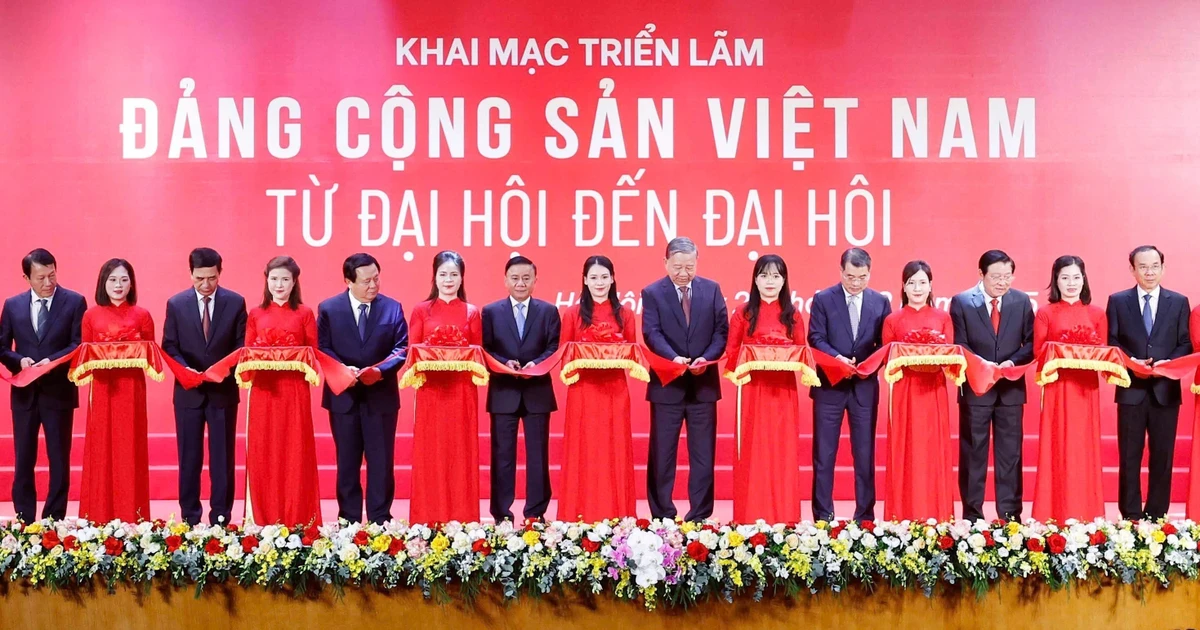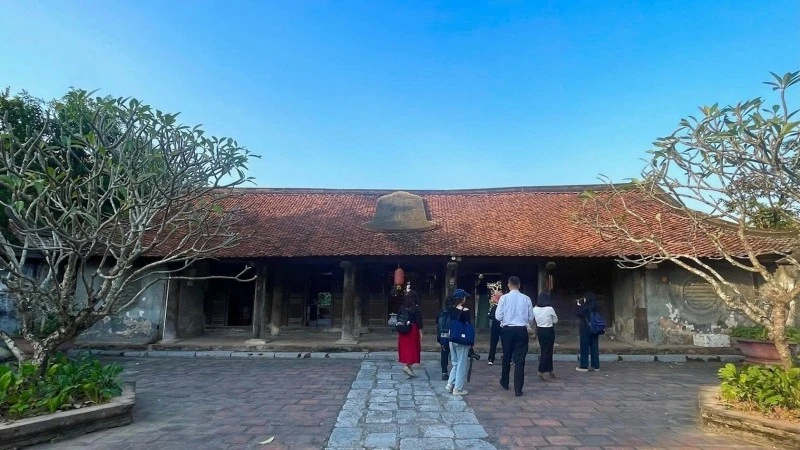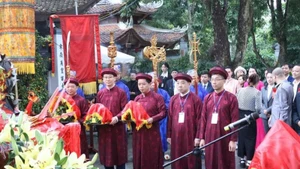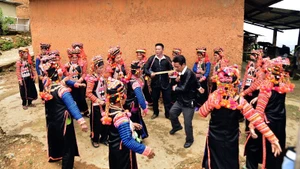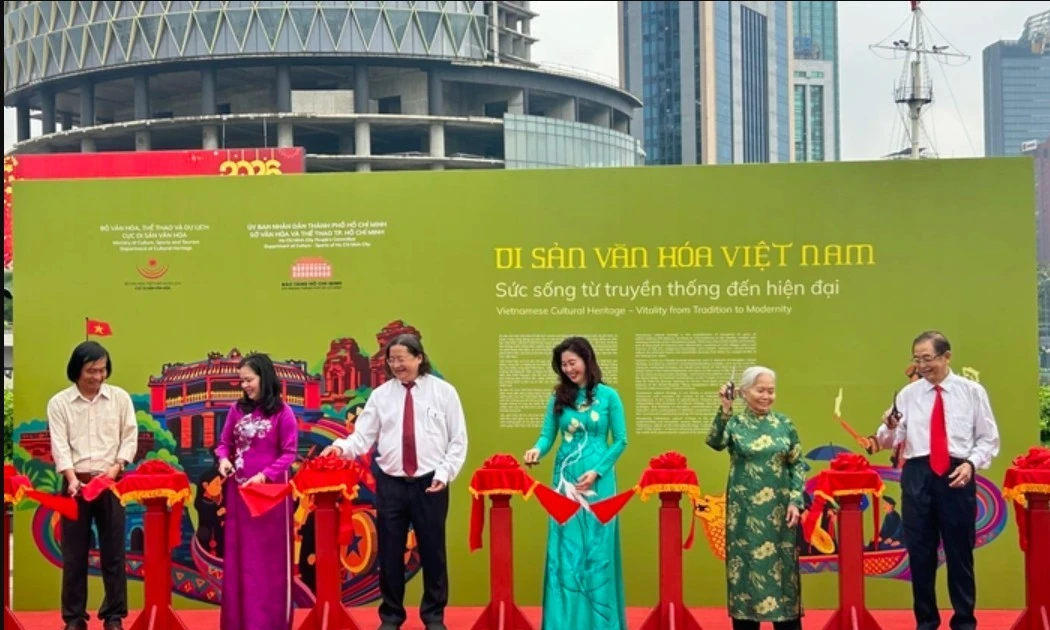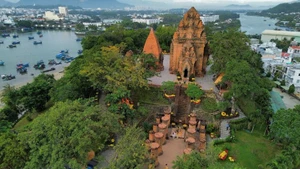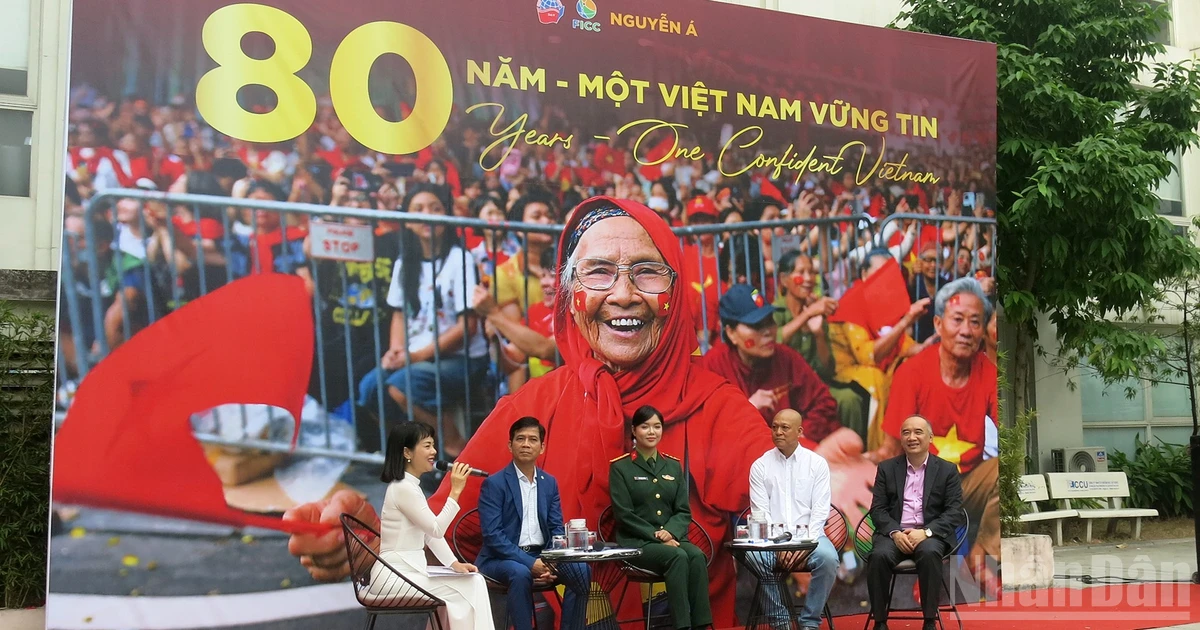Changes in ecosystem structure
Digital transformation profoundly reshapes the operational structure of literature and arts, shifting from the traditional linear model to an open, flexible and multi-dimensional digital ecosystem, truly reflecting the innovative spirit of Resolution 57.
Previously, literature operated along the axis of “author - editor - publisher - reader”, the digital ecosystem now enables authors to directly deliver their works to the public through platforms such as social media, e-book apps and online communities.
Similarly, in the fields of the arts, the model of “artist - arts organisation - critics - the public” has been replaced by digital channels where artists can share their works directly with the audience. This change helps narrow the gap between creators and the public, even empowering readers and audiences to become co-creators, capable of influencing content and creative trends through online interaction.
The development of the digital ecosystem in literature and arts is clear evidence of the implementation of Resolution 57, with the application of science and technology to promote innovation and build integrated cultural value chains.
Tools such as artificial intelligence (AI) support document organisation, linguistic analysis, and public trend prediction; big data helps survey market demand; while digital platforms facilitate works to reach the public more quickly and efficiently.
According to a report from the Department of Publishing, Printing and Distribution under the Ministry of Culture, Sports and Tourism, electronic publication distribution was recognised as a notable activity in 2024, making its mark in the sector’s digital transformation. Specifically, the proportion of publishers involved in electronic publishing reached 54.3%, an increase of 29.1% compared to 2023, exceeding expectations. Several shared platforms for the industry have been developed, such as the “Essential Electronic Books and Newspapers” and “Scientific Books”.
Alongside established publishers, many technology enterprises, start-ups and independent authors are also utilising AI to shorten content production time, optimise costs and expand markets. The application of blockchain and digital platforms also opens opportunities for Vietnamese literature and arts to enter the global cultural market, from electronic book publishing to organising online art exhibitions.
Digital transformation also brings new revenue streams for artists and literary and artistic organisations, such as sales of electronic books on international platforms or tickets for online exhibitions. Modern digital infrastructure, such as 5G networks and cloud computing, plays an important role in supporting rapid and efficient content distribution.
Another noteworthy point is that digital transformation has contributed to democratising the space for creativity and reception for literature and arts, paving the way for diverse trends, particularly from groups such as ethnic minorities, people with disabilities, and residents of remote and disadvantaged areas.
Public participation in feedback, sharing and co-creation also contributes to shaping literary and artistic trends, creating a truly connected digital ecosystem where every individual can contribute to cultural development.
However, there is no denying that an open ecosystem may potentially cause value disruption due to the spread of substandard content, even anti-cultural content that violates ethics and law. This poses new challenges for creators, professional practitioners, as well as critics, cultural management agencies and technology platforms in establishing evaluation criteria and selection mechanisms to create a civilised and healthy environment.
Proactive digital cultural thinking
Resolution 57 clearly states that utilising big data and applying AI in cultural creation not only helps artists orient their creative work to suit public tastes, but this truly serves as a lever for literature and arts to protect and promote national identity in the context of international integration.
Big data allows analysis of reader and audience behaviour and preferences, thereby helping artists create works that meet social needs while preserving personal imprint. Recently, in the music field, some young artists have used AI to analyse public preferences or experiment with new styles with modern influences while remaining close to Vietnamese emotions and culture, thereby attracting millions of listens on Spotify and YouTube.
However, the digital environment can easily attract and tempt creators with engagement metrics rather than being guided by intrinsic value systems. Therefore, creative integrity in the digital age is not just a matter of talent and style but also requires the ability to self-position: not being afraid to experiment with new values, but also not accepting dissolution into effects, techniques and elements not of one’s own creation.
This requires creators who want to succeed in the digital environment to both use tools proficiently and maintain personal style and clear ideological stance. In an open space, the easiest thing to lose is not creative skills but personal style and character.
In accordance with the spirit of Resolution 57, digital cultural thinking does not stop at the application of technology but is also the ability to creatively combine technology with humanistic values, ensuring that literary and artistic works have lasting vitality and contribute to integrated cultural value chains.
To successfully implement digital cultural thinking, artists and literary and artistic organisations need a holistic approach, from creation and editing to distribution.
Digital transformation must become a “launchpad” for cultural development, not a “technical wall” that obstructs or diminishes original values.
Professor Tu Thi Loan
Digital transformation support policies from the Ministry of Culture, Sports and Tourism, such as developing electronic book platforms and supporting digital skills training for artists, have created conditions for literature and arts to adapt to the new era.
Additionally, it must be emphasised that the emotions, thought and integrity of artists will be the decisive factor for literature and arts to affirm their position in the digital age, while emphasising the role of creative subjects in constructing authentic cultural values.
Professor Tu Thi Loan stated that digital transformation must become a “launchpad” for cultural development, not a “technical wall” that obstructs or diminishes original values.
By building a flexible digital ecosystem and combining technology with creative thinking, Vietnamese literature and arts not only reach broad audiences but also contribute to consolidating national identity, creating a distinct mark in the global cultural space.
